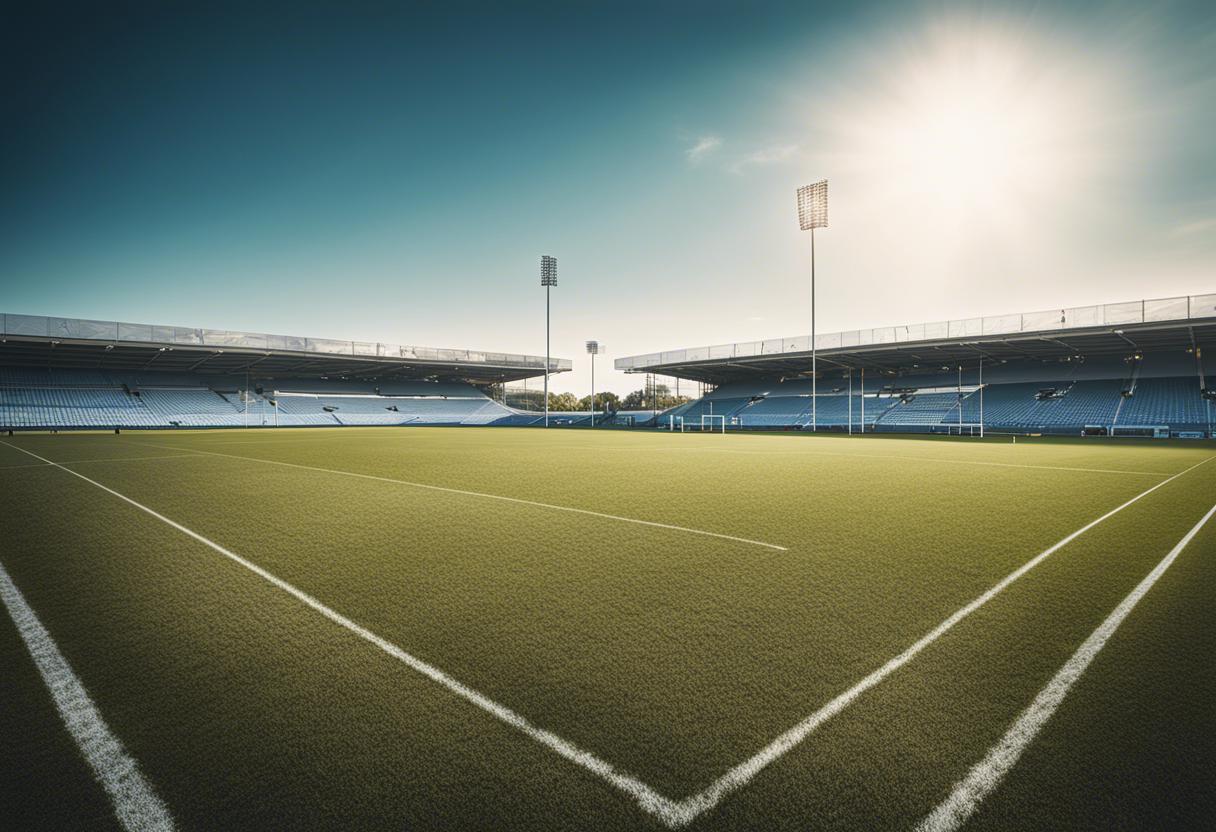Aisling Groarke, a dual camogie and Gaelic football player from south county Dublin’s Cuala club, has voiced her concerns to an Oireachtas committee about the additional strain placed on female players as compared to men. Ms. Groarke trains six times per week across both games, with matches scheduled for Tuesdays and Wednesdays. This contrasts sharply with her brother’s schedule who, as a male dual player, only trains four times a week and has one match.
This disparity, according to Groarke, means that women players bear a heavier workload. Despite appreciating the facilities offered by her club, she expressed concerns about more costly memberships for women and a bias in granting men’s teams access to pitches. Recollecting the past when even basic amenities such as clean toilets, sanitary products and bins were unavailable for women players, she pointed out the vital difference such provisions make.
Jarlath Burns, GAA president, reflected on the traditional outlook of club facilities tailored primarily for men, a reality he believes cannot be ignored. He emphasised the need for inclusive facilities catering to both genders.
In response to Groarke’s training schedule, Michael Carrigy, a Fine Gael senator, recognised the unhealthy practice of six days’ training for club players, calling for reconsideration with a view to a national policy. Former Mayo footballer and CEO of the Gaelic Players Association (GPA), Tom Parsons, further underscored the excessive pressure experienced by inter-county players.
Mr. Parsons indicated that the managerial staff place considerable strain on players to claim victory at any cost, due to the resulting implications for their own position. He gave the instance of managing the Mayo football team, where there’s a rigid anticipation that the manager should lead the team very closely towards or entirely to victory. He voiced that this societal expectation, along with the pressure generated by the success-desiring local community, ultimately trickles down to the players.
Furthermore, Mr. Parsons stressed the need to review the viability of the amateur sport in light of regrettable findings that 32 per cent of inter-county players are seriously financially challenged. He made a mention of the escalating inflation rates, exemplifying it with how the nightly charge for the team’s lodging during Croke Park matches escalated from €150 to €320 over a decade. He also mentioned the increase in the cost of meals, from €9 to €16 per player.
Currently, the Oireachtas Committee is in the process of analysing the blending of the Ladies Gaelic Football Association and Camogie Association with the GAA, aiming to unify them under a single Gaelic games association by 2027.

